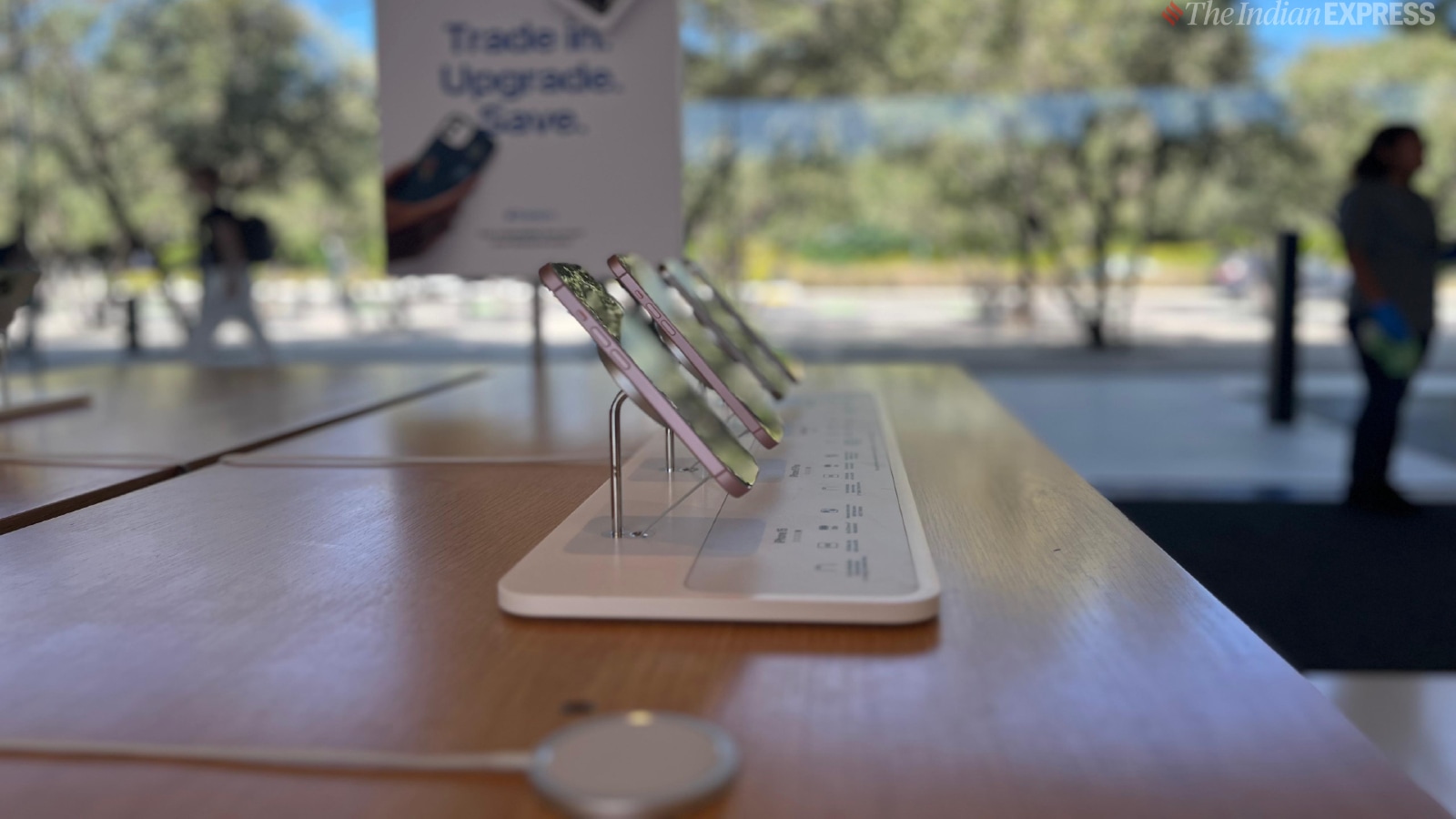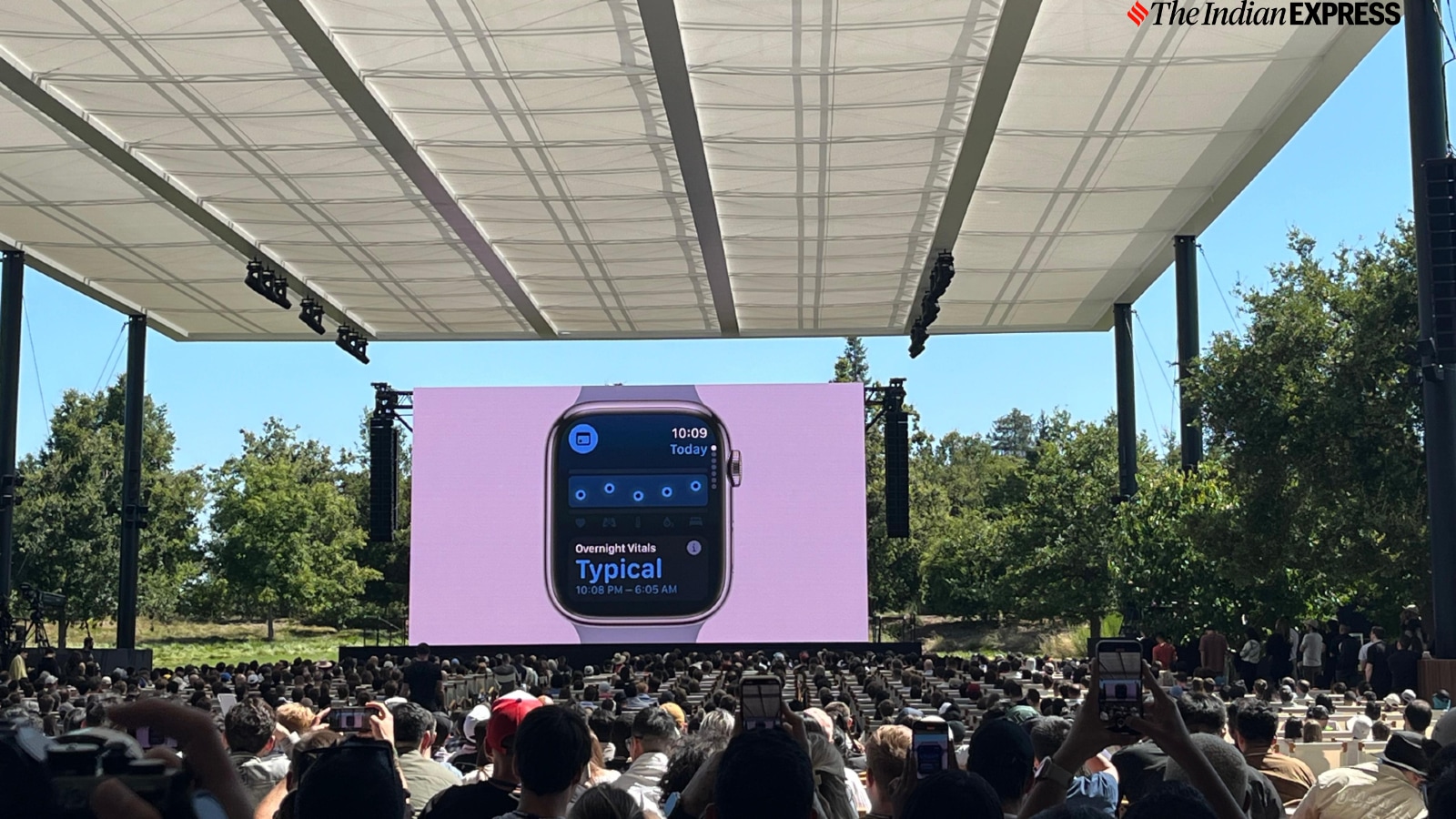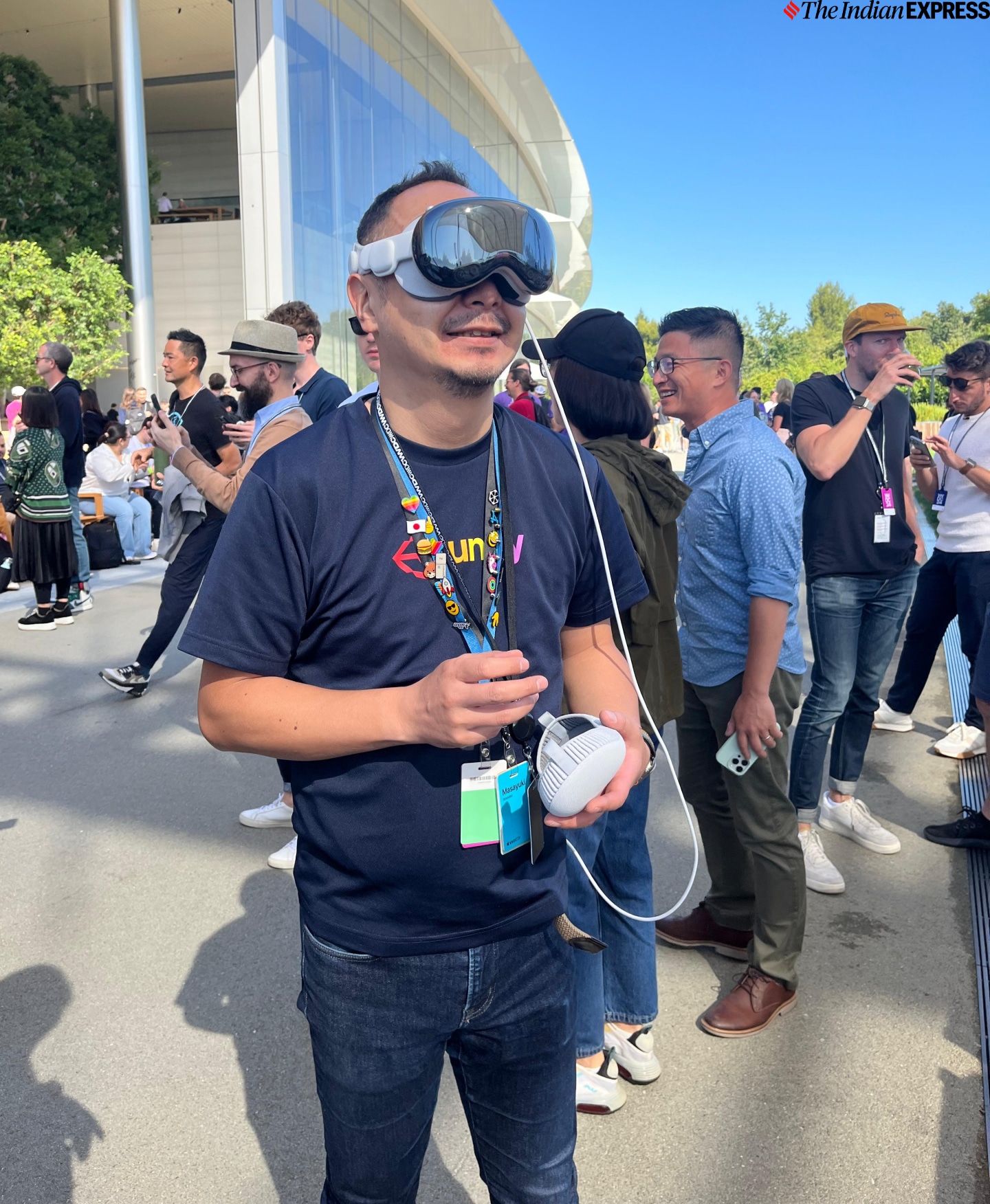At WWDC 2024, Apple unveiled Apple Intelligence—a suite of AI features—and announced a revamped Siri powered by ChatGPT. However, the rollout has been sluggish, the features are limited, and the promised Siri revamp has been delayed indefinitely. This has only widened the gap between Apple and its “Magnificent Seven” peers, the world’s top seven tech companies. Once the most valuable tech company in the world, Apple now sits in third place behind Microsoft and Nvidia.

While competitors are developing and launching new AI features every month—and betting heavily on generative AI and AI agents—Apple has barely made a dent. Instead, it leaned on a partnership-driven strategy, which appears to have backfired, raising concerns on Wall Street and among investors about whether Apple can reclaim its former dominance.
Story continues below this ad
In recent years, Apple hasn’t introduced any major breakthroughs, with the exception of the Vision Pro, a $3,500 mixed reality headset. But sales have been underwhelming, and developer interest has faded. Reports suggest the headset has sold fewer than 500,000 units, highlighting tepid consumer reception. Apple also faced a significant setback when it shut down its long-running autonomous car project.
While the iPhone continues to generate billions and accounts for nearly half of Apple’s annual revenue, the device is showing signs of innovation fatigue. Adding to the pressure, Apple’s former design chief Jony Ive has joined OpenAI—one of the hottest AI companies in the world—and is working on a new type of AI hardware that could potentially challenge the iPhone’s dominance.
Investors are now questioning how long Apple can maintain consumer interest in the iPhone. While reaching new customers in developing markets like India and Indonesia may provide short-term gains, Apple’s core platforms—the iPhone, Mac, and iPad—have matured. In recent years, Apple has successfully pivoted to services such as the App Store, Apple Music, and iCloud, but the performance of these services is still tightly linked to hardware sales.
With little clarity on Apple’s next big move, this year’s developer conference is expected to focus primarily on the usual annual software updates, with the iPhone set to receive its biggest software redesign in years.
Story continues below this ad
iOS 26: The new name?
Well, that now seems likely to be the case. Instead of iOS 19, the next version of the iPhone’s operating system may be called iOS 26—and the same naming shift could apply to macOS 26 (the next Mac update will be a Lake Tahoe-themed), iPadOS 26, and watchOS 26. The rationale behind the name change isn’t entirely clear, but it could be tied to the major software overhaul expected this year.
 iOS 26, the potential name of the next version of iOS, is expected to have a radical redesign. (Image credit: Anuj Bhatia/Indian Express)
iOS 26, the potential name of the next version of iOS, is expected to have a radical redesign. (Image credit: Anuj Bhatia/Indian Express)
The glass look
WWDC is typically where Apple previews new software for its core platforms—the iPhone, iPad, Mac, Apple Watch, HomePod, and more. But for years, Apple has mostly introduced new features while leaving the interface and overall user experience largely unchanged. However, the buzz this year is that Apple is planning to unify the look of its iPhone, Mac, and iPad operating systems. Reportedly, the new interface will have a “glass” aesthetic—possibly inspired by the Vision Pro’s UI, which features a transparent look and rounded menus.
The last major iPhone interface redesign was over a decade ago with iOS 7, so this overhaul is long overdue. In terms of new features, expect functionalities like the heavily rumored desktop mode, which would allow users to connect an iPhone with a USB-C port to an external display. New battery-saving features are also anticipated, and there’s hope that Apple will introduce deeper integration between iPadOS and macOS, allowing the two platforms to increasingly mirror each other.
 Apple Intelligence could come to the Apple Watch this year. (Image credit: Anuj Bhatia/Indian Express)
Apple Intelligence could come to the Apple Watch this year. (Image credit: Anuj Bhatia/Indian Express)
WatchOS could get Apple Intelligence
One of the platforms that missed out on Apple Intelligence support last year was the Apple Watch—but hopefully, that will change this year. The big question is how Apple plans to integrate AI into the Apple Watch’s interface. Not every Apple Intelligence feature makes sense on a device with such a small screen, but reportedly, Cupertino is working on incorporating generative AI insights into Health app data. There are also reports that Apple could be developing AI-powered medical services, which might launch in 2026.
Story continues below this ad
 VisionOS, the operating system that powers Apple’s mixed-reality headset, could be the inspiration behind iOS 26. (Image credit: Anuj Bhatia/Indian Express)
VisionOS, the operating system that powers Apple’s mixed-reality headset, could be the inspiration behind iOS 26. (Image credit: Anuj Bhatia/Indian Express)
New app for games
For years, there have been constant requests for Apple to penetrate deeper into gaming—whether by launching a game console, a gaming-focused streaming device, or perhaps a gaming Mac. All of these remain rumours, but Apple did launch a subscription service called Apple Arcade. It’s a fun service that works across all Apple devices, but the game selection is pretty limited.
With the Switch 2 launching soon (and the hype is astronomically high), Apple may introduce a new app that acts as a hub for games and could fold Apple Arcade into it, replacing the Game Center. Details are scant at the moment, but the idea of a dedicated gaming app that brings together the best games from the App Store and Apple Arcade makes a lot of sense—especially at a time when Apple is being questioned for its monopoly and tight grip on the App Store.



 iOS 26, the potential name of the next version of iOS, is expected to have a radical redesign. (Image credit: Anuj Bhatia/Indian Express)
iOS 26, the potential name of the next version of iOS, is expected to have a radical redesign. (Image credit: Anuj Bhatia/Indian Express) Apple Intelligence could come to the Apple Watch this year. (Image credit: Anuj Bhatia/
Apple Intelligence could come to the Apple Watch this year. (Image credit: Anuj Bhatia/ VisionOS, the operating system that powers Apple’s mixed-reality headset, could be the inspiration behind iOS 26. (Image credit: Anuj Bhatia/Indian Express)
VisionOS, the operating system that powers Apple’s mixed-reality headset, could be the inspiration behind iOS 26. (Image credit: Anuj Bhatia/Indian Express)





